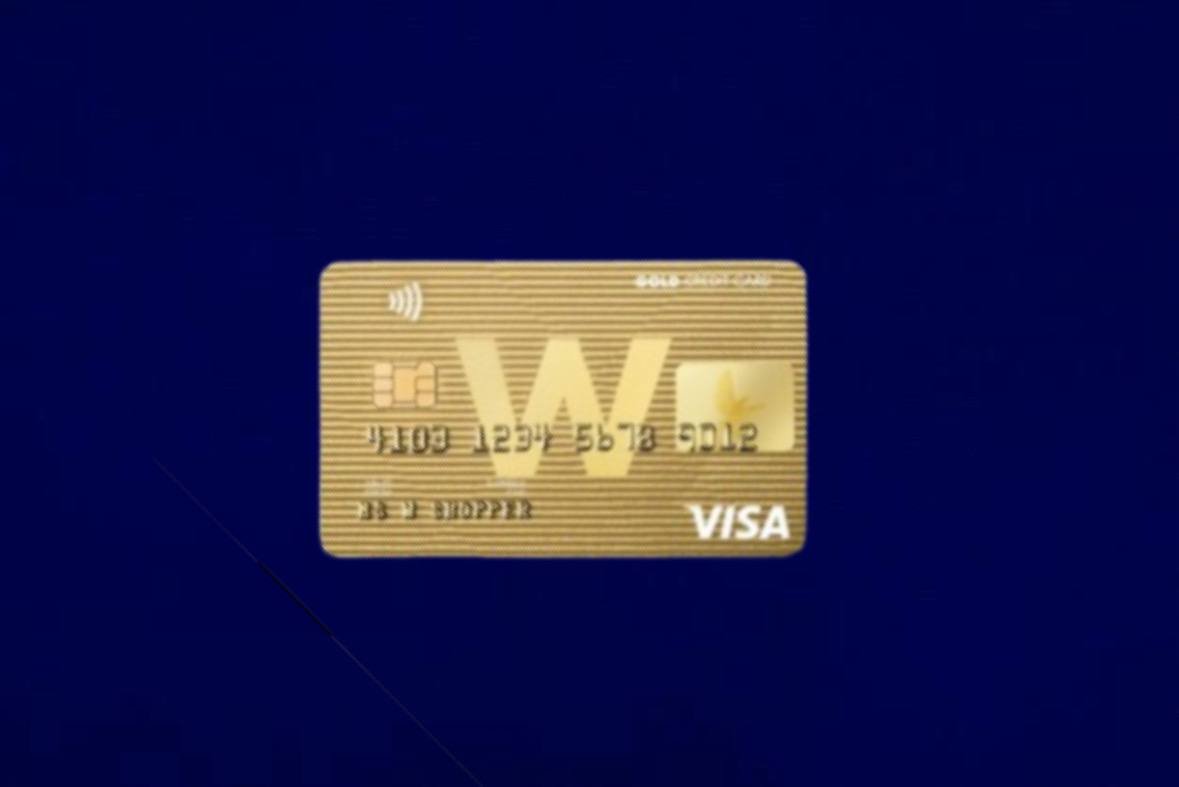Strategies to Reduce Your Credit Utilization Ratio and Boost Your Credit Score
The credit card utilization ratio is a figure that frequently flies under the radar, yet it plays a crucial role in influencing your credit score.
The credit utilization ratio is among the top three factors influencing your credit score in the U.S. While it may seem complex, this article will clarify what the credit utilization ratio actually means.

You’ll also learn why it’s vital and, most importantly, how to lower it to boost your credit score.
Understanding the Credit Utilization Ratio
The credit utilization ratio is derived by dividing your credit card’s outstanding balance by your total available credit limit and then multiplying by 100 to get a percentage.
For instance, if your credit limit is $5,000 and your current balance is $1,500, your credit utilization ratio would be 30% (1,500 divided by 5,000, multiplied by 100). Most experts suggest keeping this ratio under 30%, as a lower ratio is generally more favorable for your score.
The Importance of Credit Utilization Ratio
Maintaining a low credit utilization ratio is essential because it reflects your financial habits.
A high utilization ratio might suggest that you’re often nearing your credit limit, which can raise concerns about your debt repayment ability.
Additionally, a high ratio can lead to increased debt over time due to accumulating interest, making it more challenging to pay off the total amount.
Ways to Lower Your Credit Utilization Ratio
Here are some effective strategies to lower your credit utilization ratio:
Make Payments Beyond the Minimum
Paying only the minimum means that your remaining balance keeps accruing interest, which can increase your overall debt and make it tougher to manage.
By exceeding the minimum payment, you can more effectively decrease your outstanding balance, thus lowering your credit utilization ratio.
Ask for a Credit Limit Increase
If you maintain a solid payment history and your finances permit, increasing your credit limit can swiftly enhance your credit utilization rate, even without extra payments.
For instance, with a credit limit of $3,000 and a balance of $900, your credit utilization ratio stands at 30%. Should your limit rise to $5,000 and your balance stays the same, your ratio will drop to 18%.
Pay Your Balance Before the Due Date
Clearing your balance prior to the due date can be particularly beneficial if you find yourself nearing your credit limit at any point during the month.
By settling before the due date, you decrease the unpaid balance, which subsequently lowers your credit utilization ratio.
Transfer Balances from High-Interest Cards
If you’re juggling debts across various credit cards with high-interest rates, think about shifting the balance to a card that offers a lower interest rate.
This strategy can help you clear the balance more quickly without accruing interest, which will gradually lower your credit utilization ratio.
Avoid Making Large Purchases on Credit Cards
This tactic is crucial for managing your credit utilization ratio. For example, if your limit is $2,000 and you go for a $1,500 purchase, your utilization ratio will spike to 75%, which could harm your credit score.
Whenever possible, strategize your purchases to ensure you don’t tap into a significant chunk of your credit limit all at once.
Keep Your Old Credit Accounts Open
Your credit history length is another vital element for your credit score, alongside your credit utilization ratio.
Thus, keeping older credit cards active, even if they’re not in regular use, can contribute to enhancing your score and lowering your credit utilization ratio.
Final Thoughts on Changing Your Ratio
Lowering your credit utilization ratio is a key strategy for enhancing your credit score safely in the U.S.
By paying more than the minimum, asking for higher limits, settling balances early, and switching to cards with better rates, you can lower your utilization ratio and boost your financial well-being.
With discipline and patience, you can enhance your credit score and secure more favorable terms for loans, credit cards, and other financial products.





